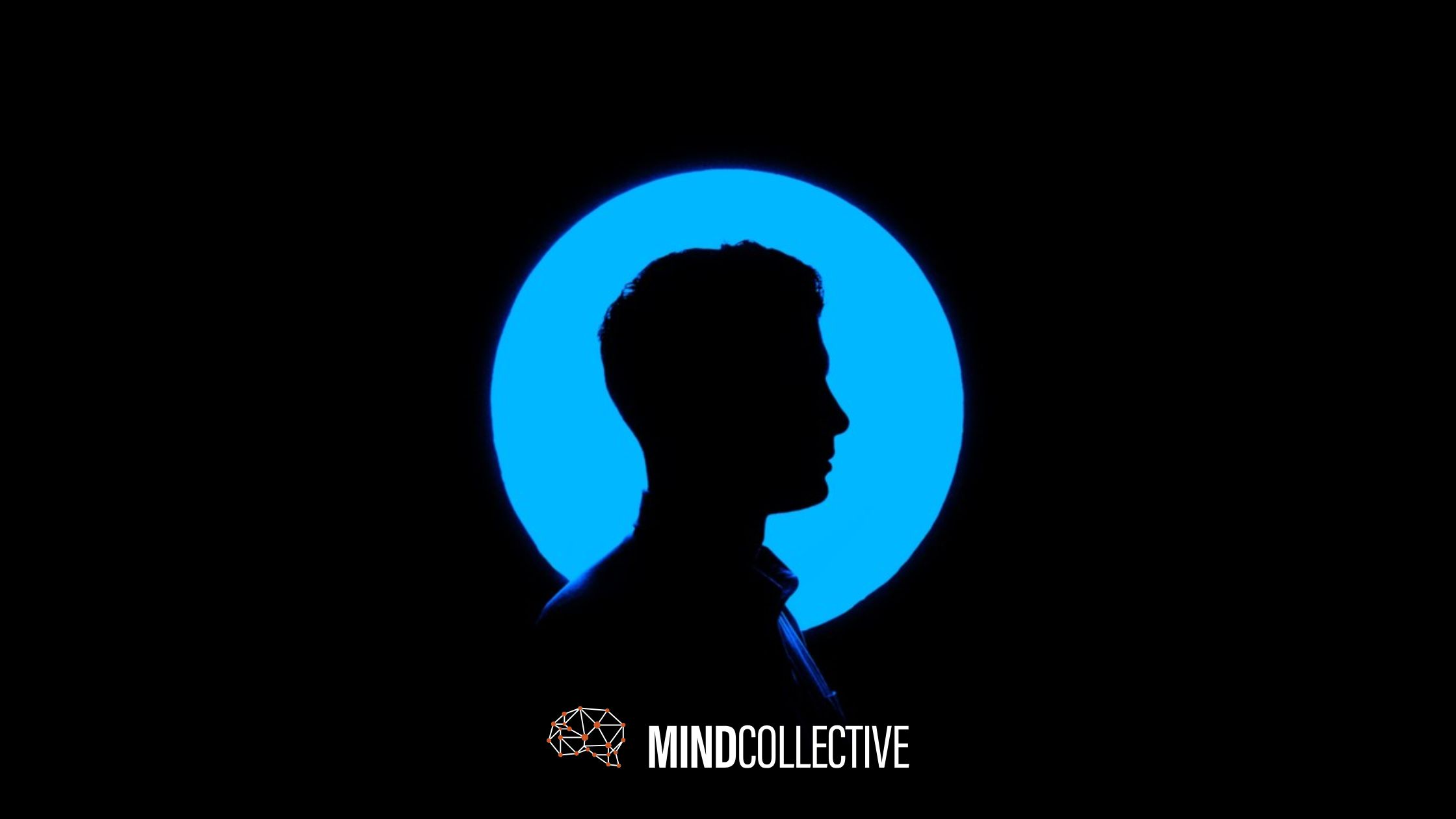When it comes to Cognitive Bias And Marketing, realize that we have dozens of Cognitive biases. You know, the invisible forces that drive 99.9% of our daily lives. And while there is a wealth of information on these biases, most of us operate without a clue they exist. If you’ve ever made a choice based on your “gut” or some “unknown” force, even though all the research and evidence said otherwise, you’ve experienced your cognitive biases at work. But don’t fret. You’re not alone.
How to Influence Culture and Drive Change
In terms of marketing, there are a few major biases we should focus on. The first being Confirmation Bias. By definition, Confirmation bias, is the tendency to search for, interpret, favour, and recall information in a way that confirms one’s preexisting beliefs or hypotheses. (Wikipedia)
What Are Cognitive Biases, and Why Do They Matter in Marketing?
For cognitive bias and marketing, this means finding people who will put your messaging in their echo chamber of confirmation bias – otherwise known as early adopters. These are the people who either a) haven’t established a confirmation bias towards a similar brand or b) have recently been disappointed by their selected brand and are open to something new. However, the window for group B is small and you need to blow them away – or they’ll go back to the “other guys.”
Leveraging Echo Chambers
The second bias is the Status quo bias. By definition the Status quo bias is an emotional bias; a preference for the current state of affairs. (Wikipedia)
Becoming the Default Choice
And last but not least: The IKEA effect, which is a cognitive bias in which consumers place a disproportionately high value on products they partially created. (Wikipedia)
There are many more invisible drivers that make up our lives, but for marketers, these are three big ones.
Does your brand need a little assistance in making biases work for you? Contact our marketing consultants now.



